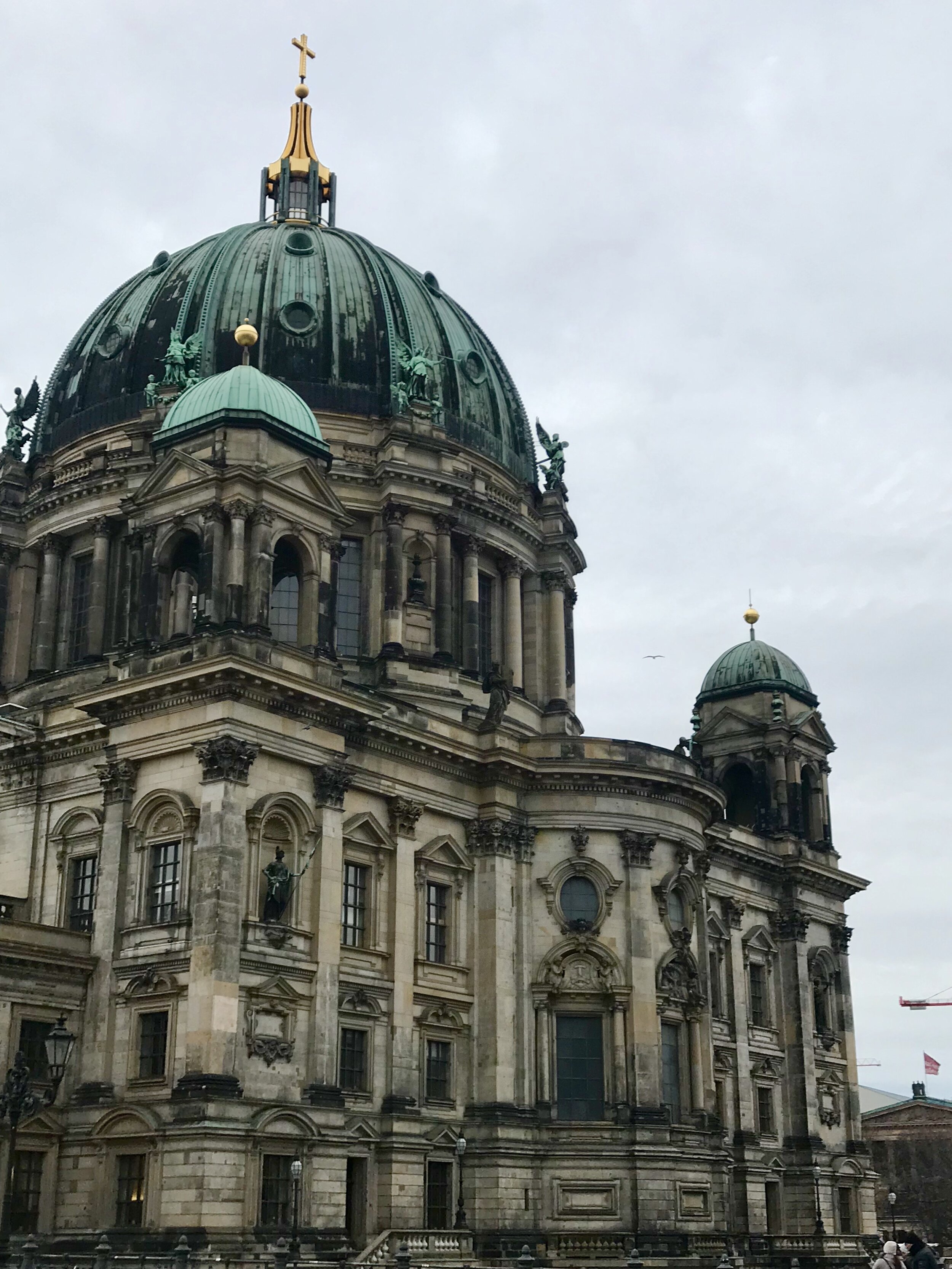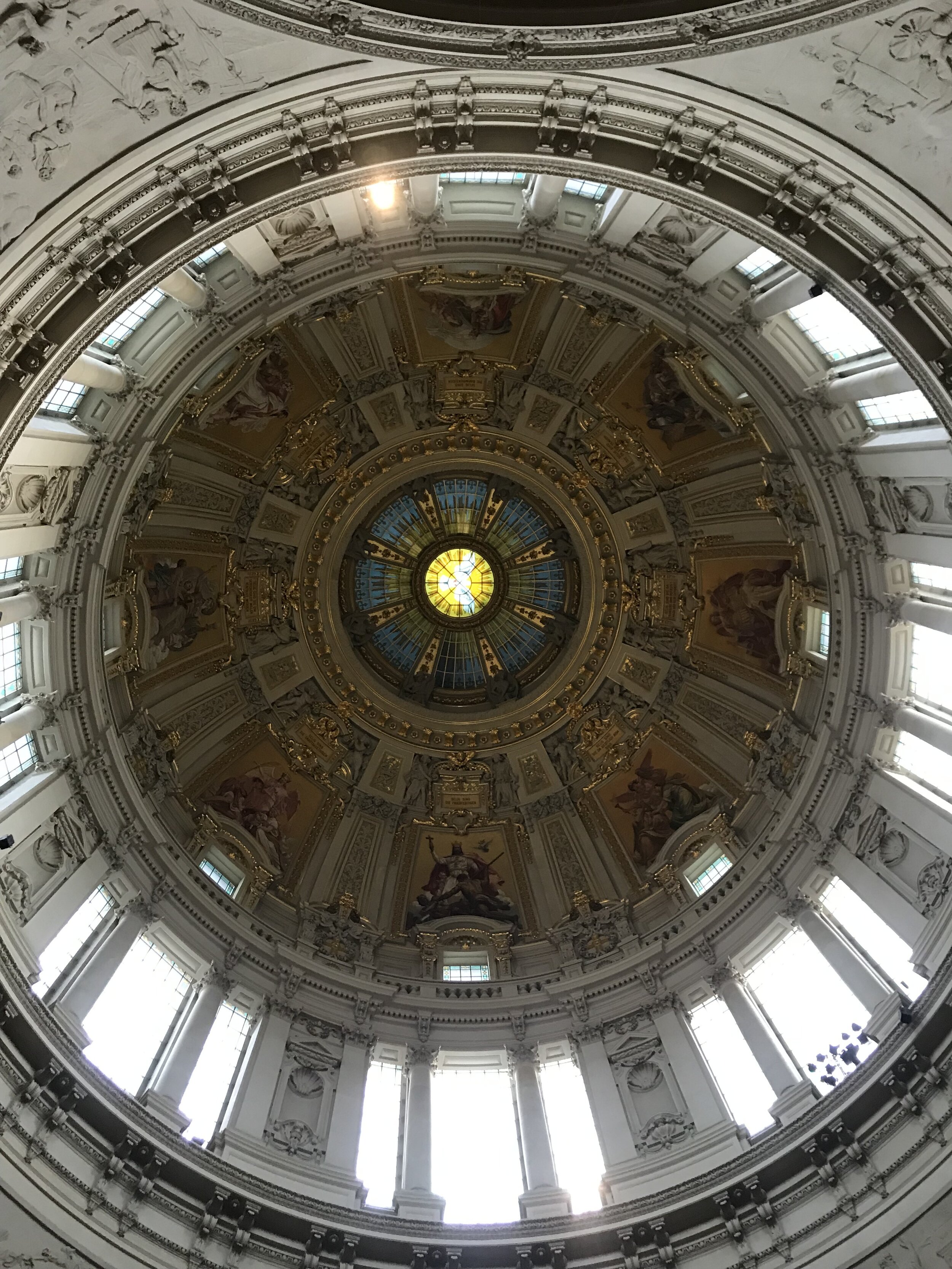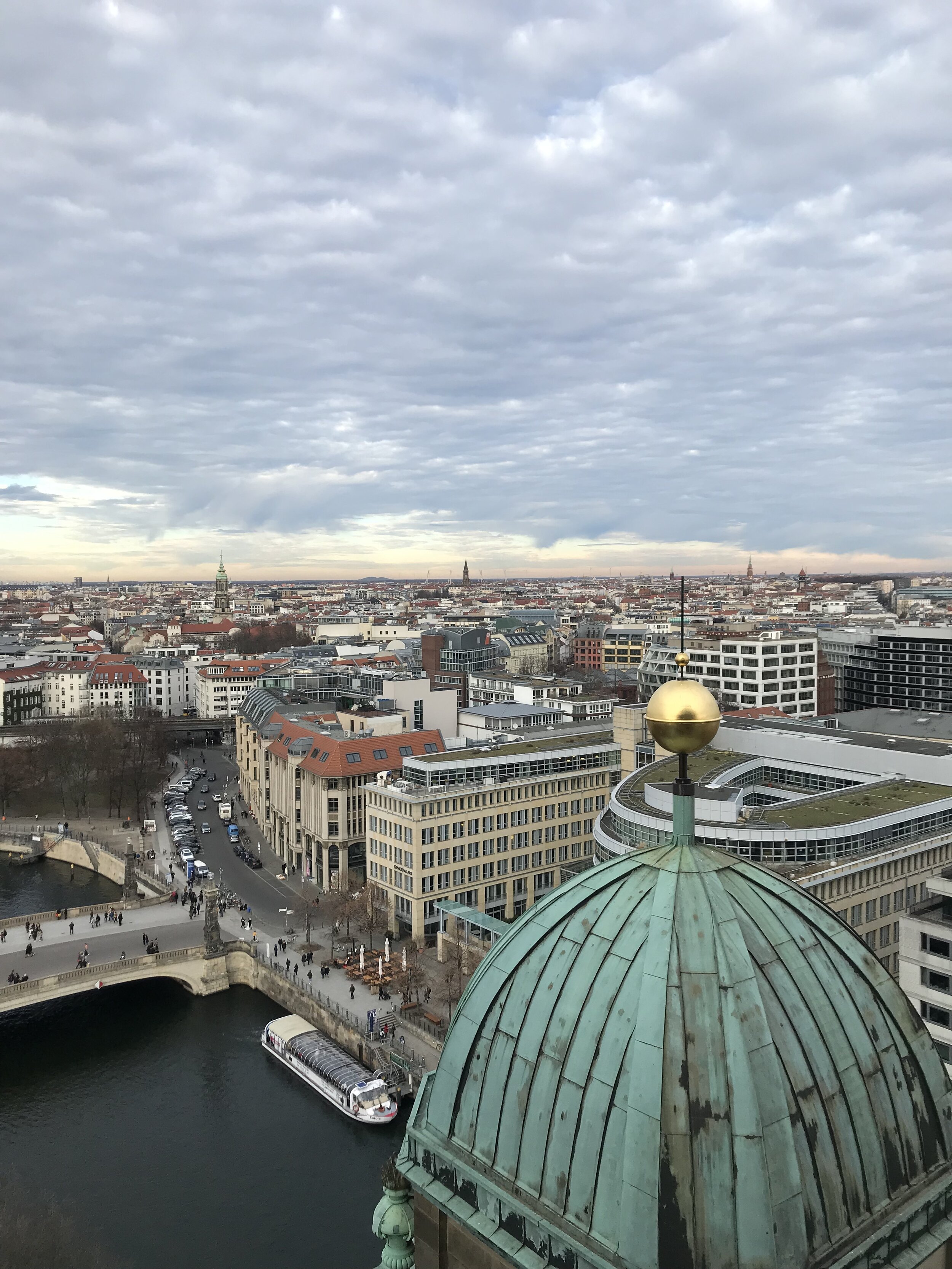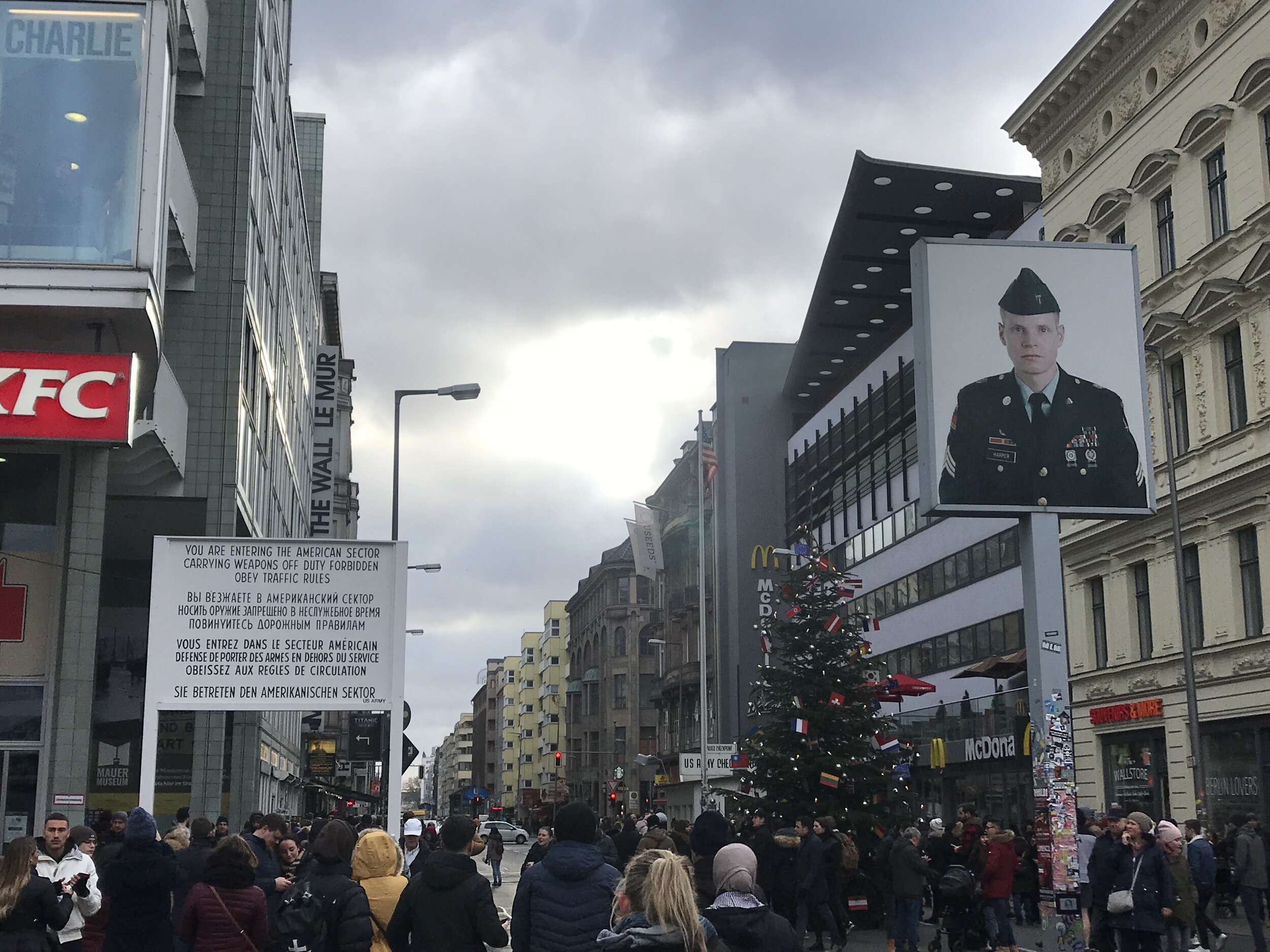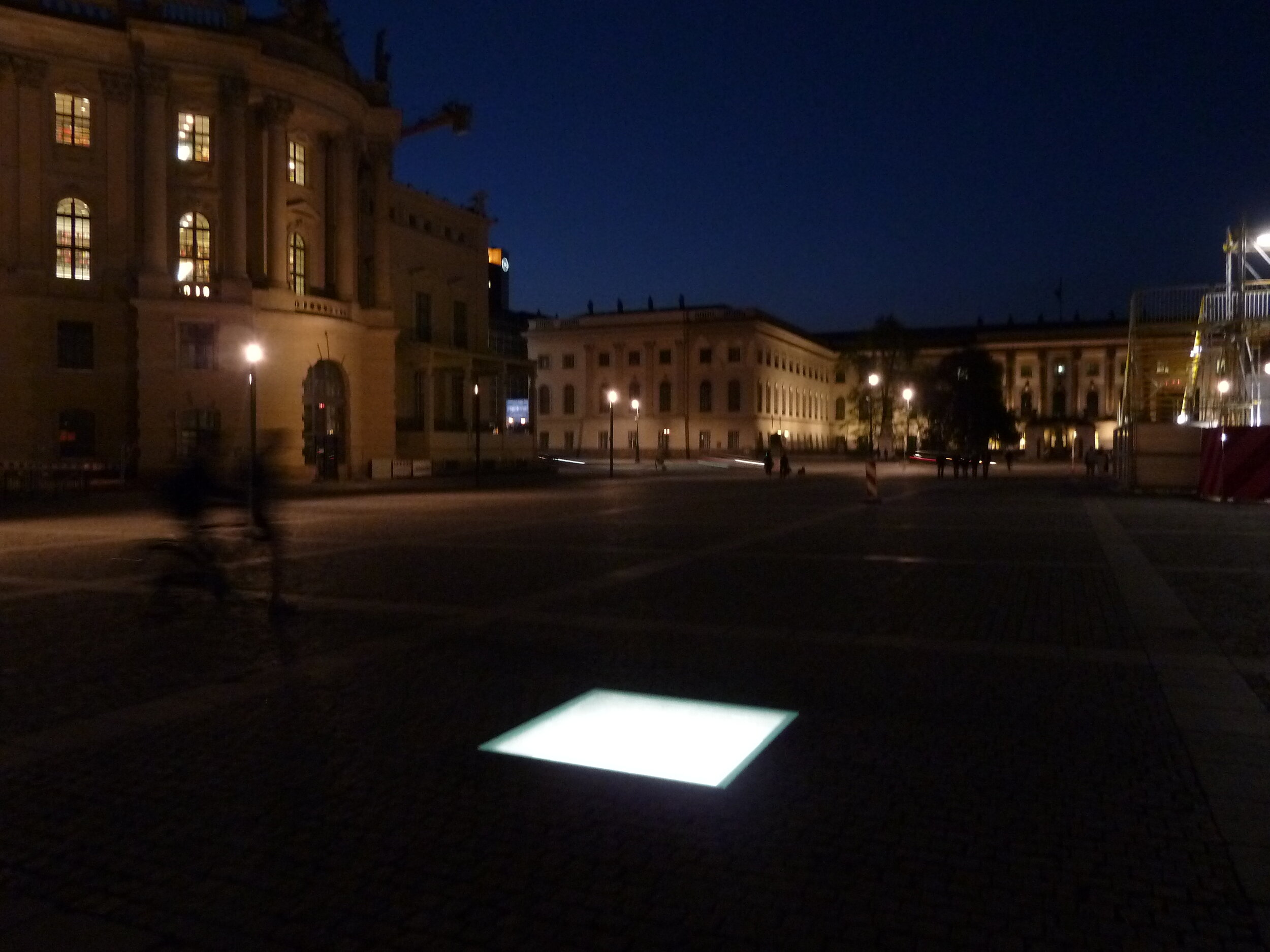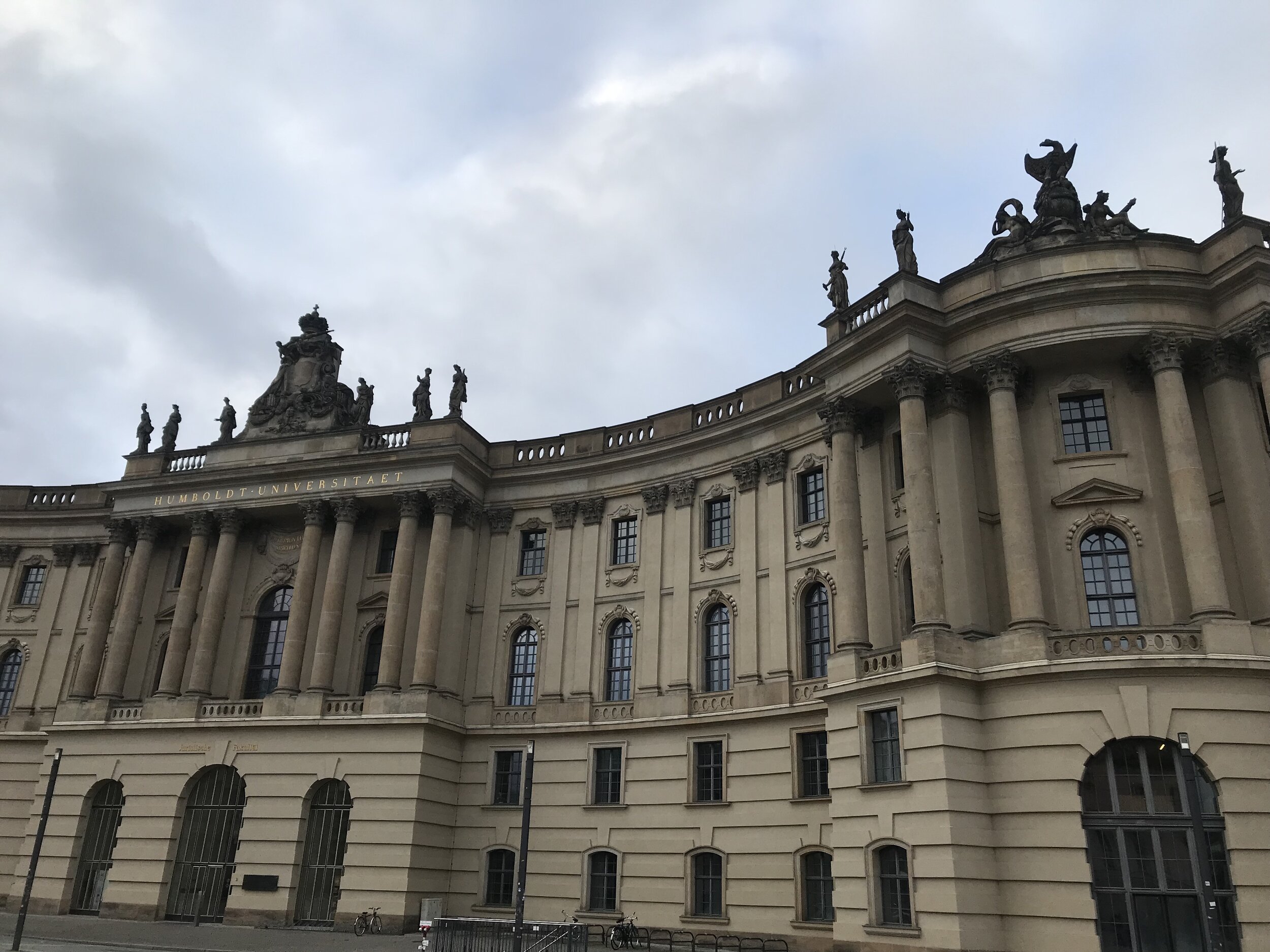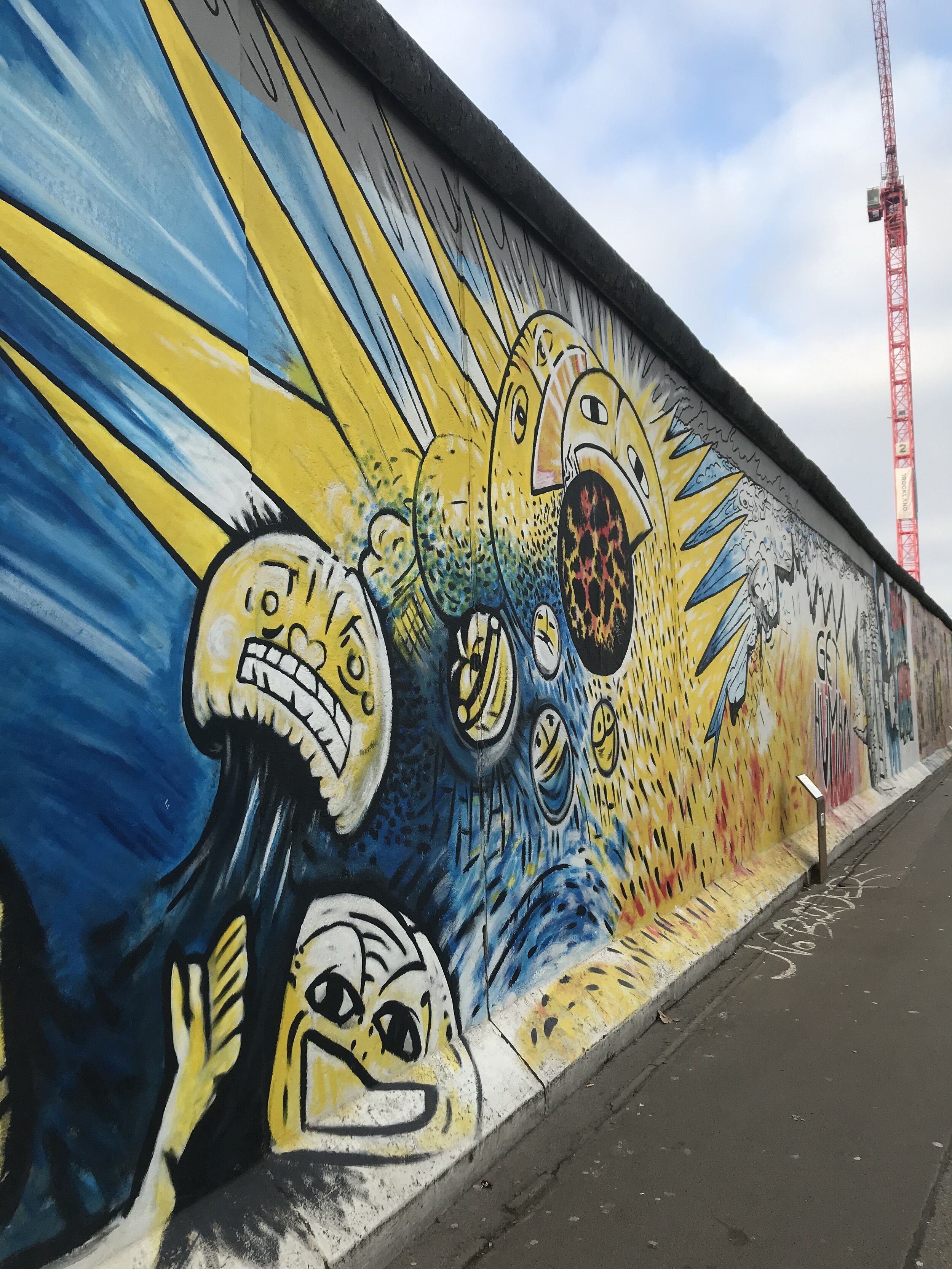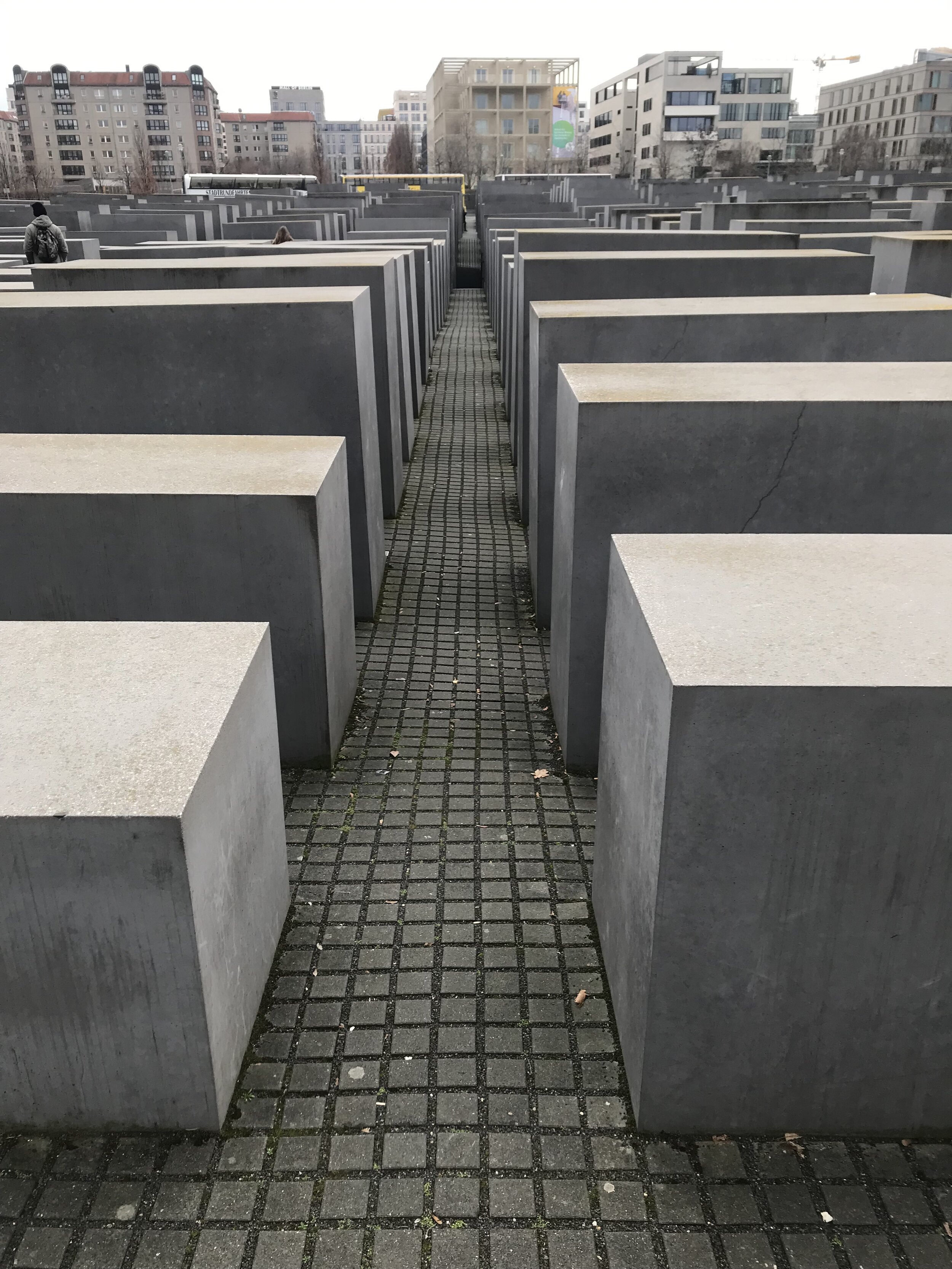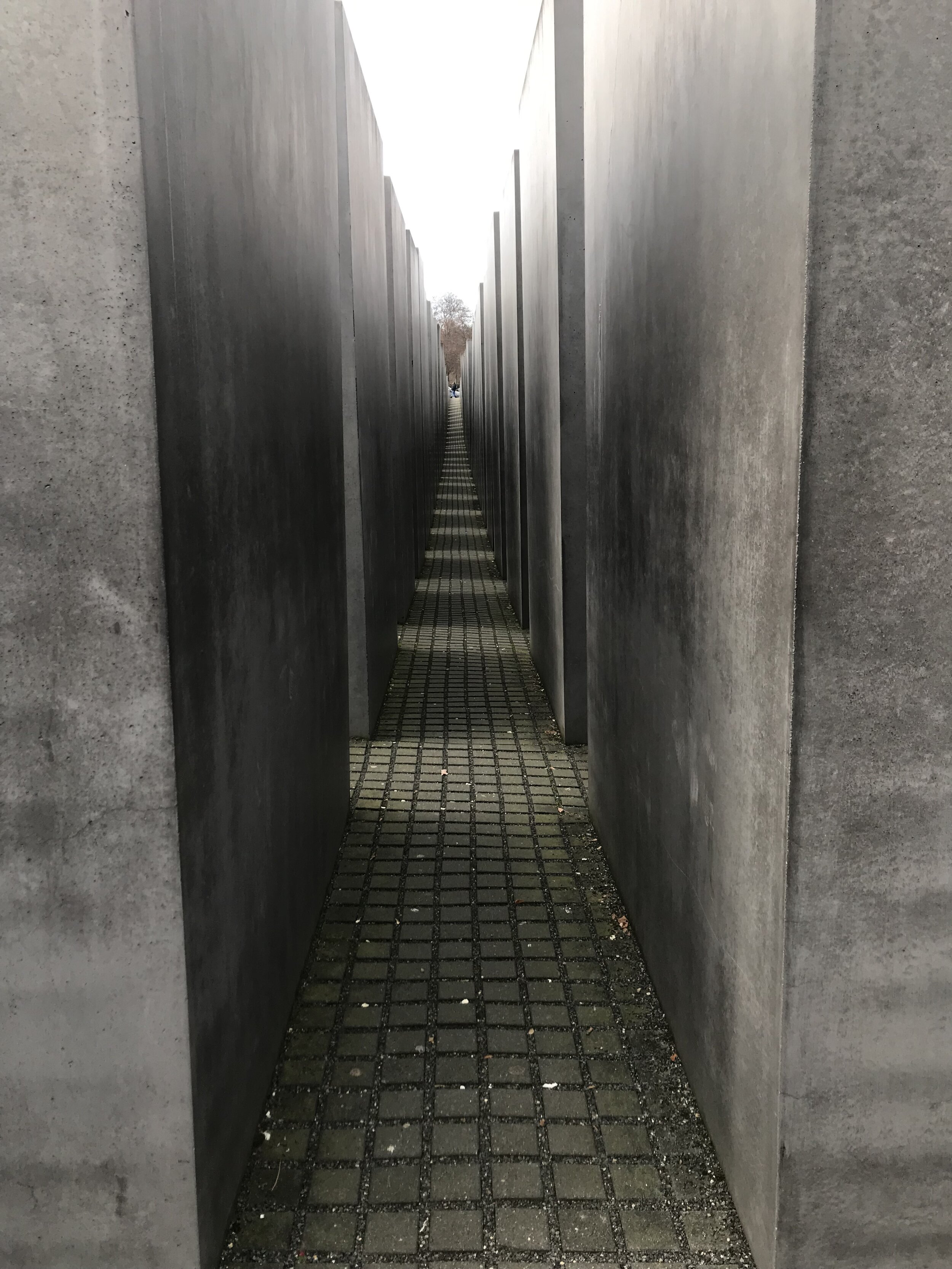What Makes Berlin Different
Pictured: Brandenburg Gate
Berlin is known for its inspiring street art and delectable foodie scene. As a city with tremendous historical turbulence, its history and art alone, is worth learning about in person. A visit to Berlin is bound to be an incredible experience, filled with gorgeous sights and intriguing architecture, it’s likely you’ll be captivated by its charming ambiance and culture.
What about Berlin, specifically, makes this city so unique? Together, we will explore a few aspects of Berlin which make it a bucket list destination.
Berlin Teaches Visitors History
Has Berlin moved on from World War II, the Cold War, and atrocities from the Holocaust? Even the most devastating parts of Berlin’s past are still a part of their present.
Pictured: Topography of Terror
- Dennis Jarvis, Flickr
To expand, museums pertaining to WWII, including the Holocaust Museum, East Side Gallery, and Topography of Terror, are free for visitors. This is another example of Berlin opening up the discussion, admitting to their faults in the past, and opening the door for visitors to understand for themselves. Even Hitler’s bunker where he committed suicide, which can be considered a pivotal moment in history, is now a parking lot, because they do not allow for pilgrimage or homage to the Nazi regime.
Additionally, the division of East and West is still clear and you can find traces of its communist past by visiting exhibits, such as the DDR museum. The buildings, alleyways, everything - has a different feel in the East and West.
The Museum Island is another interesting area to walk through, close to Alexanderplatz and the TV Tower. This is a UNESCO World Heritage Site that consists of five museums devoted to archaeology and works of art. Take a look into the Berliner Dom and climb 270 steps to it’s observation deck to view Berlin's historic city centre.
Pictured: Reichstag
After spending some time, walk a few minutes to the Brandenburg Gate, an iconic monument that is now a national symbol of unity. Less than a ten minute walk away is the Reichstag, which is currently home to Parliament. This historical building features a glass dome, built to symbolize the reunification of Germany.
Berlin: Home to Meaningful Memorials
Pictured: Checkpoint Charlie
Due to its recent and relevant history, Berlin’s memorials and monuments really make visitors feel their darkest days. It’s one thing to read about something in a history book in school, but to feel the Berlin Wall with your own hands, walk by former Nazi buildings, and hear firsthand about the stories at Checkpoint Charlie, is something real and worth visiting.
Europe is known for its incredible landmarks and monuments, but the memorials alone in Berlin are quite remarkable, and at times even abstract. The many feelings evoked just by viewing these are due to the purposeful nature of the city. For instance, the Book Burning Memorial (the “Sunken Library”) located in Bebelplatz, is an underground memorial with hundreds of empty bookshelves below its surface, to commemorate the book-burning in May of 1933.
Take a stroll or hop off at the Ostbahnhof station to view the colorful murals on the East Side Gallery, which can be seen as a symbol of joy at overcoming the division of Germany. The Berlin wall itself is mostly gone, but you can find its remains around the city. The route of the Berlin Wall is marked along some streets with a double row of cobblestones.
A more somber area to visit is the Memorial for Murdered Jews of Europe, a memorial you can walk through and determine your own meaning behind its overwhelming and massive build.
The Diversity Behind Berlin’s Evolution
Berlin is very much a melting pot. The city expresses art and creativity in numerous ways, and even on the coldest days, there is a sense of warmth and liveliness that makes visitors feel welcomed. Berlin has a nonconformist atmosphere that is really something to experience. The edginess and creativity that emits from locals really moves within the city.
Though Berlin is considered to be non-conformist city, people still follow and respect rules, such as waiting to cross the street, even in the middle of the night. Interestingly enough, the train doors at station stops will even open early before the train is completely stopped
During your visit, you may notice a little green man on traffic lights around East Berlin. The Ampelman’s main purpose is guiding walkers to safety across intersections, not only in East Berlin, but also for West Berliners now too. Another intriguing element of Berlin that would be incredibly hard to miss is the TV Tower! You can spot this from almost any point in the city centre at 368 meters high.
Traveling around Berlin is easy-going and the city really embraces visitors. Besides the extremely convenient public transportation, the ease and diversity in finding great cuisine is another plus! Compared to other large cities, meals and transportation are both affordable. The Kreuzberg neighborhood offers some of the best diversity in cuisine in Berlin.
Street food is plentiful and easy to grab on your way to another attraction. Don’t forget to try currywurst! This delicious snack, consisting of sausage, tomato sauce and curry powder, is Berlin’s pride and joy. For more information about this German invention, feel free to visit the Currywurst Museum in Berlin, around the corner Checkpoint Charlie.
Locals say that Berlin is a city that is constantly evolving, where the Berlin you may visit now is not the same Berlin you’ll visit later on. Even so with its bustling city life, Berlin is still very much a relaxed place. There are plenty of opportunities to relax with a coffee or enjoy a stroll next to the River Spree.
Pictured: River Spree (Berliner Dom on the right)
Berlin is the perfect city break in Europe and it’s no surprise that many travelers consider it to be one of their favorites! With its vibrancy and historical relevance, every single corner in this city has a story worth understanding.
A visit to Berlin, and surrounding areas, has potential for life-changing experiences for school communities. Teachers enjoy working with our organization because experiential learning abroad takes a team of teachers and international educators to extend the classroom into meaningful, culturally enriching activities!
Do you want a better idea of how teachers and schools infuse our organization's resources and tools into their academics? Please check out the detailed description of this unique, fully customized German immersion program from the perspective of one of our trusted partners!



